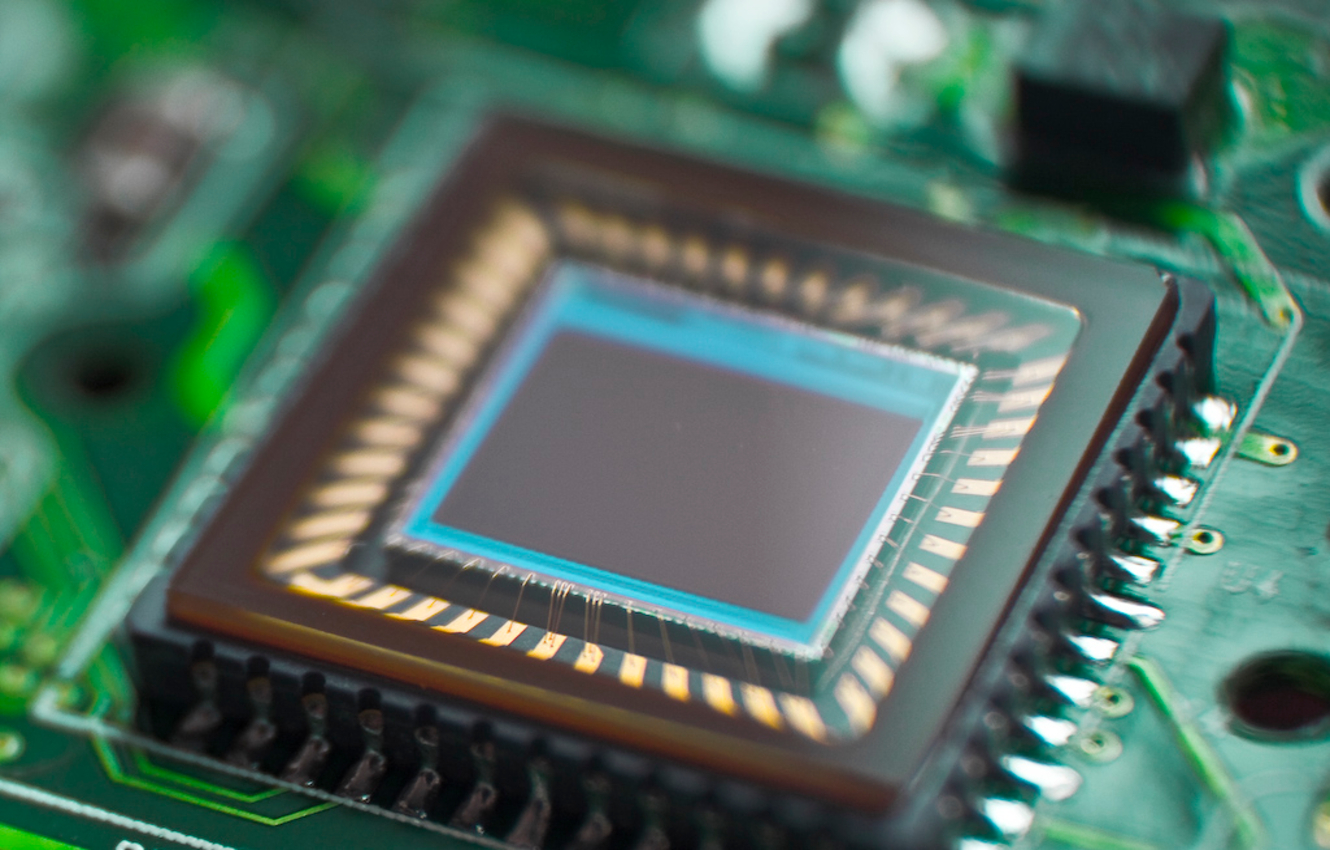The ongoing technological rivalry between the United States and China heats up as China establishes a third, and largest yet, state-backed investment fund dedicated to bolstering its domestic chip industry. This strategic move signifies China’s unwavering commitment to achieving self-sufficiency in chip technology, a critical component in modern electronics and a point of contention with the US.

The Big Fund Gets Bigger: Unveiling the Third Phase
China’s newly launched fund, officially known as the third phase of the China Integrated Circuit Industry Investment Fund (IC Industry Investment Fund), carries the unofficial moniker “Big Fund.” This latest iteration boasts a staggering war chest of 344 billion yuan (approximately $47.5 billion). Registered in Beijing, this phase dwarfs the previous two installments, solidifying the government’s commitment to propelling China’s chip industry forward.
A Closer Look at the Big Fund’s Investors
The Big Fund isn’t a solitary endeavor; it represents a collaborative effort by prominent Chinese entities. Here’s a breakdown of the key players:
- Ministry of Finance: Leading the charge is China’s Ministry of Finance, contributing a significant 17% stake (around 60 billion yuan) to the fund.
- China Development Bank Capital: Following closely behind is China Development Bank Capital, a subsidiary of the country’s development bank, with a 10.5% stake.
- Major Chinese Banks: Demonstrating broad domestic support for the initiative, five major Chinese banks each contribute roughly 6% of the total capital.
This collective effort highlights the national importance China assigns to achieving chip independence.
Market Cheers the Big Fund Announcement
The Chinese stock market reacted positively to the news of the Big Fund’s expansion. The CES CN Semiconductor Index, a key indicator of China’s chip sector performance, surged by over 3%. This surge marks the strongest single-day performance for the index in over a month, reflecting investor confidence in the Big Fund’s ability to propel the domestic chip industry. It’s worth noting that similar positive market reactions followed the launch of the Big Fund’s first two phases in 2014 and 2019, respectively.
A Track Record of Success and Future Focus
The Big Fund isn’t a novel venture. Its previous phases have demonstrably supported critical players within China’s chip ecosystem. Some notable beneficiaries include:
- Semiconductor Manufacturing International Corporation (SMIC): China’s leading chip foundry has received backing from the Big Fund.
- Hua Hong Semiconductor: Another major Chinese chip foundry has benefited from the fund’s investments.
- Yangtze Memory Technologies: This prominent flash memory maker has also seen support from the Big Fund.
Beyond these industry giants, numerous smaller chip-related companies and investment funds have received crucial funding through the Big Fund’s initiatives.
Looking towards the future, reports from Reuters suggest the third phase will prioritize investments in equipment specifically designed for chip manufacturing. Additionally, the Big Fund is exploring partnerships with various institutions to effectively manage the substantial capital injection. This collaborative approach could ensure the efficient allocation of resources and the successful execution of China’s chip self-sufficiency goals.
The US-China Tech Rivalry: A Complex Landscape
The Big Fund’s establishment can’t be viewed in isolation. It’s intricately linked to the ongoing US-China tech rivalry. The US has imposed export controls on certain chip-making technologies, a move viewed by China as an attempt to stifle its technological advancements. By establishing the Big Fund, China aims to lessen its dependence on US technology and foster domestic innovation in the chip sector. This strategic move seeks to position China as a self-sufficient leader in chip development and production.
FAQs:
Q: Why is China so focused on achieving chip self-sufficiency?
A: Chip technology plays a critical role in modern electronics, from smartphones and computers to advanced weaponry. By achieving self-sufficiency, China aims to reduce its reliance on foreign technology and potentially gain a competitive edge in various sectors.
Q: How has the US responded to the Big Fund’s launch?
A: The US government has yet to issue an official statement regarding the Big Fund’s launch. However, the ongoing tensions surrounding technology transfer between the two countries suggest the US might view this move with concern.




